Study Reveals UK Mobile Digital Divide in Urban and Rural Areas

Mobile operator Vodafone UK has today published a new report, based on analysis carried out by WPI Economics, which reveals that a “stark digital divide” still exists “between rural and urban areas” when it comes to mobile phone and 5G (mobile broadband) coverage. If only there was a mega-merger looming that could solve it.
Vodafone’s study essentially examines the correlation between rural connectivity ‘not spots’ or areas where connectivity is limited and rural deprivation levels. It has, as a result, created a new index that ranks every parliamentary constituency in Great Britain based on its 4G and 5G coverage against its standard deprivation levels.
The report – ‘Connecting the Countryside‘ (link TBA) – found nearly half (46%) of rural deprived areas were classed as 5G “not spots“, whereas the same can only be said for 2.7% of deprived communities in urban areas. The study identified five areas of Britain as performing particularly poorly when it comes to a lack of connectivity and high levels of deprivation – Scotland, Wales, East Anglia, Cumbria and the South-West.
Advertisement
For example, over half of the rural, deprived constituencies in Wales are total 5G not spots. Overall, the report suggests that close to a million (838,000) people living in deprived rural communities would benefit from access to 5G Standalone (SA), although they could just as easily have said regular 5G for that (5G SA is the next evolution of 5G technology, which removes dependence upon 4G).
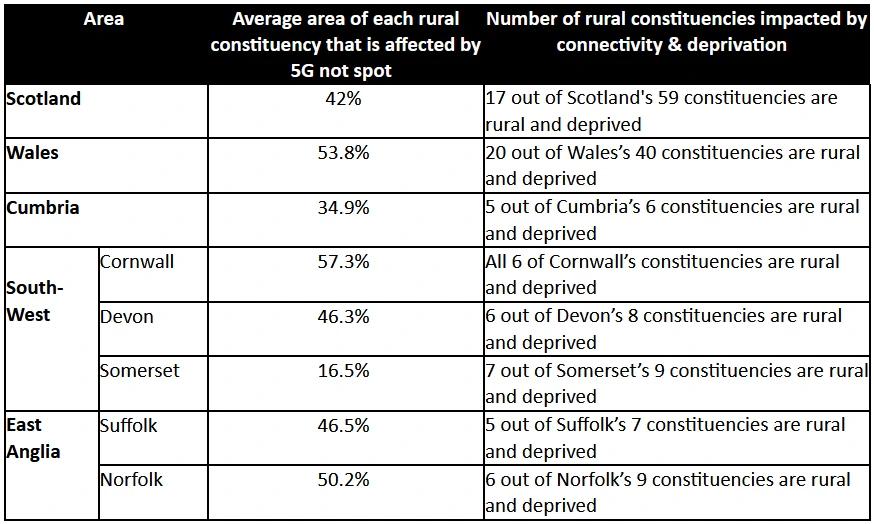
Naturally, Vodafone lists a selection of benefits that 5G could help to bring to deprived rural communities, although it’s worth noting that all of these are possible via a good 4G network too, even though Vodafone doesn’t mention that. Curiously, they don’t mention the obvious bonus of increasing access to faster broadband speeds, although in rural areas this may be more hobbled by spectrum choice than mobile technology.
Benefits of 5G to these deprived rural communities include:
· Transformative health benefits with fast 5G infrastructure offering the ability to pre-empt and react to health emergencies, crucial in hard-to-reach areas.
· Better access to healthcare, with rural communities often inaccessible medicines can take up to 36 hours to be delivered; with 5G and Vodafone’s Skyport drone programme they can be delivered in just 15 minutes.
· In rural areas, virtual classrooms could open distance learning opportunities and specialist qualifications – vastly increasing the opportunities available to people.
· In agricultural areas, 5G enabled sensors can provide data that makes higher yields and better crop quality (tests have shown efficiency improvements of 15%).
At this point it’s worth highlighting that the £1bn industry-led Shared Rural Network (SRN) project, which involves work from all of the major mobile operators, is currently aiming to extend geographic 4G (mobile broadband) coverage (aggregate) to 95% of the UK by the end of 2025 (currently it’s between 80-87%).
Advertisement
The government’s recent Wireless Infrastructure Strategy (WIS) also set out an ambition for “all populated areas to be covered by ‘standalone’ 5G (5G-plus) by 2030” (here), although they haven’t set a clear percentage to clarify what they mean by this. At present, regular 5G (not 5G SA) covers around 76-85% of the UK’s outdoor population.
Andrea Dona, Chief Network Officer, Vodafone UK, said:
“We believe everyone should have access to connectivity and our research shows the alarming rate at which almost a million people living in deprived rural communities are being left behind. It’s clear we need to accelerate the roll-out of the UK’s 5G infrastructure, which is what we commit to do as part of our proposed merger with Three UK. We would close the rural digital divide by delivering 95% 5G Standalone geographic coverage by 2034.”
In short, the report reads as yet another way for Vodafone to plug its proposed merger with Three UK, although it’s worth noting that without a solid regulatory requirement then there would be no way to hold the operators to any commitments they make under that deal. Concerns over the news of a possible delay in the SRN highlights the difficulty that mobile operators can have in delivering on what they promise (here).
Vodafone’s claim above also seems to help clarify the proposed merger agreement, with Ahmed Essam saying they aim to “close the rural digital divide by delivering 95% 5G Standalone geographic coverage by 2034“. But the merger agreement itself said “MergeCo expects to reach over 99% UK population coverage with a 5G standalone network by 2034“, so now we also have a figure for geographic reach.
Separately, Vodafone has also committed to helping 4 million people and businesses cross the digital divide by 2025 as part of its everyone.connected programme, which supplies connectivity, devices and skills to those in need. Take note that, at the time of writing, we hadn’t yet been given access to view the full report.
Advertisement
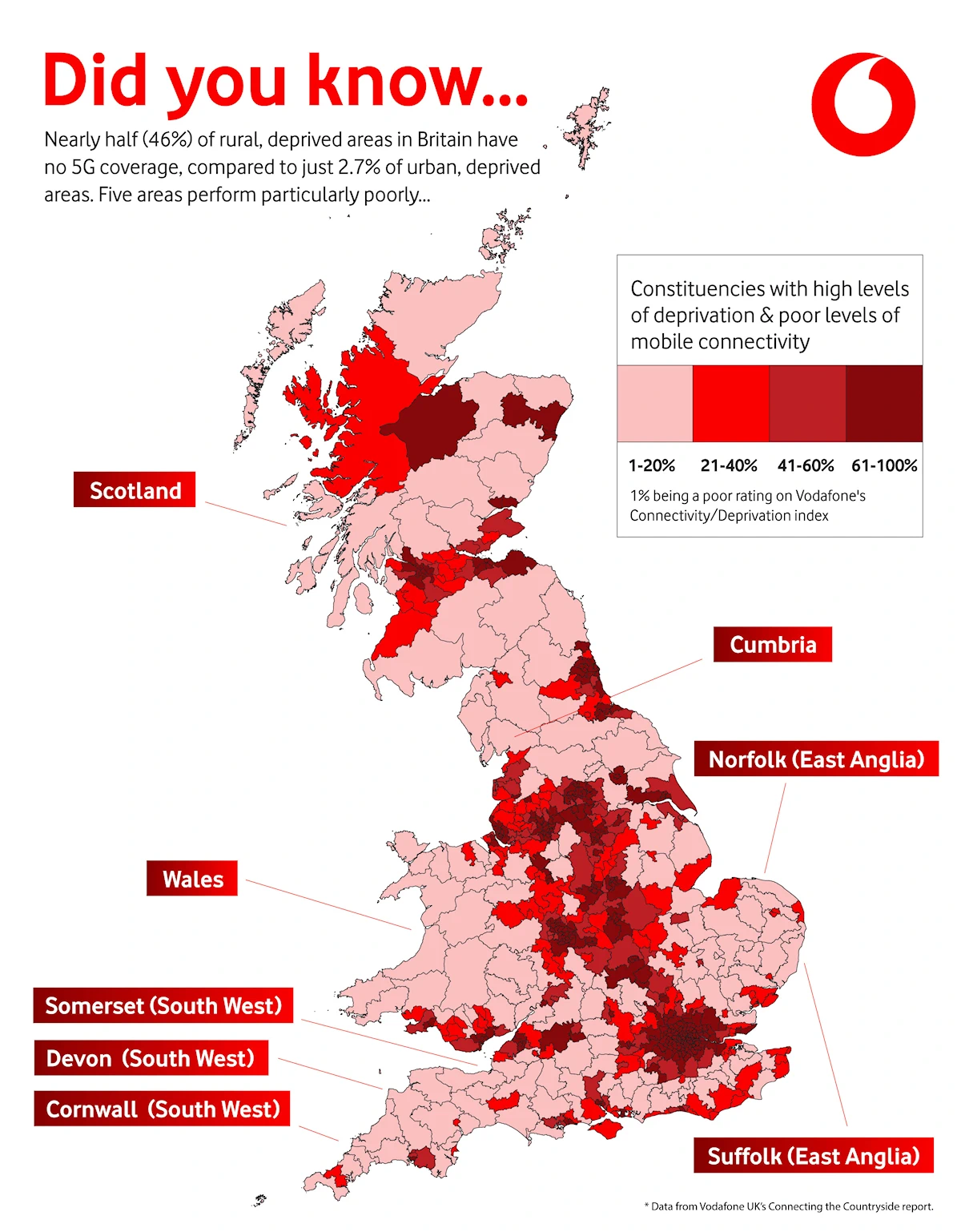
Mark is a professional technology writer, IT consultant and computer engineer from Dorset (England), he also founded ISPreview in 1999 and enjoys analysing the latest telecoms and broadband developments. Find me on X (Twitter), Mastodon, Facebook, BlueSky, Threads.net and Linkedin.
« Openreach Reduces Pilot for National UK Exchange Closures







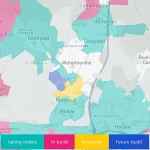

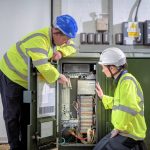
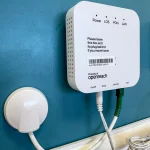


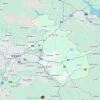








































I wonder why
Low population density and the local terrain. There is not a lot you can do about that. You can add into the equation objection s to masts being installed
Each new generation of mobile uses higher frequencies meaning they are much more line of sight and the signals are much more likely to be affected by trees and electricity pylons and wind turbines
It’s not just 5G, it’s any signal at all. There are three main reasons why,
1 – Terrain. If you’ve got a big lump of hill between you and the mast, you won’t get service
2 – Trees. Wood full of water in large numbers has a severe attenuating effect on signal strength.
3 – Cottages/Houses with thick stone or brick walls. Many properties in the country are hundreds of years old. This means you often don’t get any signal indoors.
I don’t see any of these changing any time soon. Luckily WiFi calling mitigates the last one.
I live in an affluent city in Hampshire (Winchester) and get terrible 4G from Vodafone. Coverage so bad and signal so weak that you can’t even run a speed test sometimes. No 5G anywhere to speak of. How are these people still allowed to operate?
Most of Kent and Sussex is in the pink, effectively no coverage zone so 95% Geographic coverage is the right target not population.
Fair chance your affluent city’s council refuses planning applications for masts leaving inadequate coverage.
Yep
Look at your effluent, sorry, affluent councils planning permission – this has gone through for EE/3 -> 23/01459/FUL
but searching “telecommunications” there’s a good chunk of un-appealled(generally a waste of time and effort to appeal) masts.
Hate the people who are protesting & your local council for listening. Higher frequency = lower penetrating power. These people should have been around analogue TV masts, they’d get a true sense of power coming from that.
I’ve often wondered why more use isn’t made of open access femtocells. I live in a tiny rural hamlet of just 6 houses, thanks to my efforts with a CFP scheme we have FTTP, but still have very poor mobile signal. After a lot of badgering O2 supplied me with an open access 4G femtocell which I installed in my own loft and now serves our whole little community (plus any visitors who are also on O2).
There are massive not spots in urban areas too. According to OFCOM I can use all 4 providers inside – in practice only 2 work and then not well. Its a little better outside but still 3G slow. I don’t live in some stone building – just a regular 1970s estate in a small town. Talk about a pointless report.
Rural areas can be served very well if planned for correctly, you have vast swathes of countryside for signals to span across, not that many hills. I would say it’s due to lack of people but when you consider the government is meant to be poring millions of taxpayers money into improving cellular coverage, can there be used as an excuse anymore?
I think it’s just the same old nimby’s blocking any new masts being erected.
Urban areas can be just as poorly served as mentioned above.